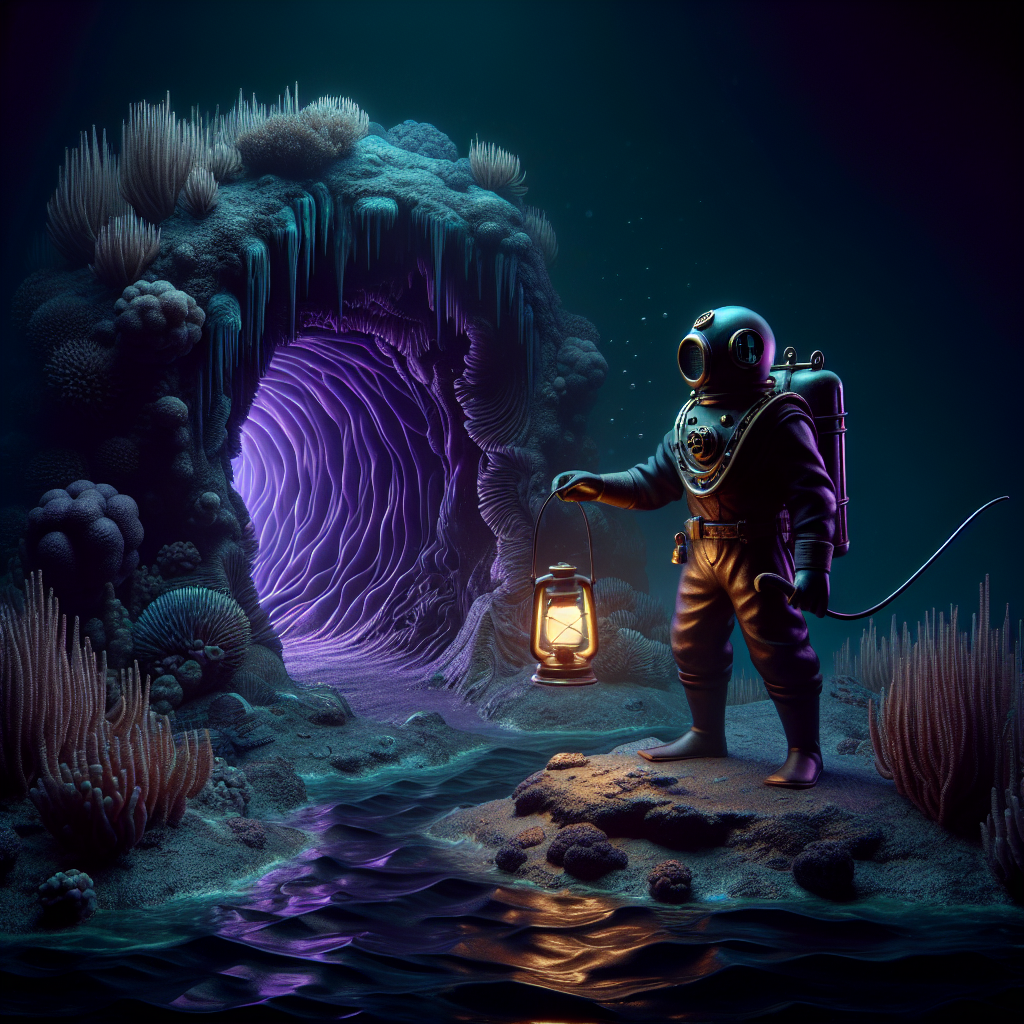Understanding the Dark Web
The Dark Web is a portion of the internet that is hidden from regular search engines and requires specific software, such as Tor, to access. It is often associated with illegal activities, but it also provides a platform for free speech in repressive regimes. The anonymity it offers attracts a variety of users, both ethical and otherwise.
Dark Web vs. Deep Web
A common confusion is the difference between the Deep Web and the Dark Web. The Deep Web consists of unindexed sites like academic databases and private social media profiles, while the Dark Web is a subset of the Deep Web that is intentionally hidden.
| Attributes | Deep Web | Dark Web |
|---|---|---|
| Accessibility | Requires specific credentials | Requires special software |
| Content | Legal and accessible by permission | Often illegal or sensitive |
| Use Case | Private networks, databases | Anonymous communication, illegal activities |
Is Crawling the Dark Web Safe?
Crawling the Dark Web can be fraught with risks. Here are some key reasons why it may not be safe:
- Legal Issues: Many activities on the Dark Web are illegal. Simply accessing certain sites can attract legal scrutiny.
- Cyber Threats: The Dark Web is a hotbed for cybercriminals. Malware, phishing scams, and other cyber threats are rampant.
- Identity Exposure: Despite the anonymity tools, your identity could still be exposed through scrutinization of your activity.
Legal Implications
Accessing the Dark Web itself is not illegal, but interacting with its content often is. For example, purchasing illegal items or services can lead to serious legal consequences. It is essential to understand the legal risks before delving into Dark Web exploration.
Potential Threats
Crawling the Dark Web exposes you to various threats, both technical and personal:
- Malicious Software: Many websites on the Dark Web are fraught with malware that can compromise your system.
- Phishing: Phishing attacks are common and can result in stolen personal information or credentials.
- Hacking: There is a heightened risk of getting hacked due to the high concentration of cybercriminals.
Safety Precautions
If you decide to explore the Dark Web, taking the following precautions can mitigate potential risks:
- Use of VPN: A Virtual Private Network (VPN) can add an extra layer of security.
- Dedicated Machine: Use a separate computer to access the Dark Web to isolate risks from your primary systems.
- Updated Security Software: Ensure your system has updated antivirus and anti-malware software.
- Avoid Transactions: Stay away from transactions or sharing personal information.
Best Practices
Adhering to certain best practices can further secure your Dark Web exploration:
- Anonymous Browsing: Use tools like Tor or Tails OS for anonymous browsing.
- Research: Research forums and communities to understand potential risks before diving in.
- Monitor Activity: Actively monitor your network and system activity for suspicious behavior.
Conclusion
Crawling the Dark Web is fraught with risks, including legal and cybersecurity threats. While it offers anonymity and access to unique information, the dangers often outweigh the benefits for average users. If you must explore, take extensive precautions to protect your identity and data.

